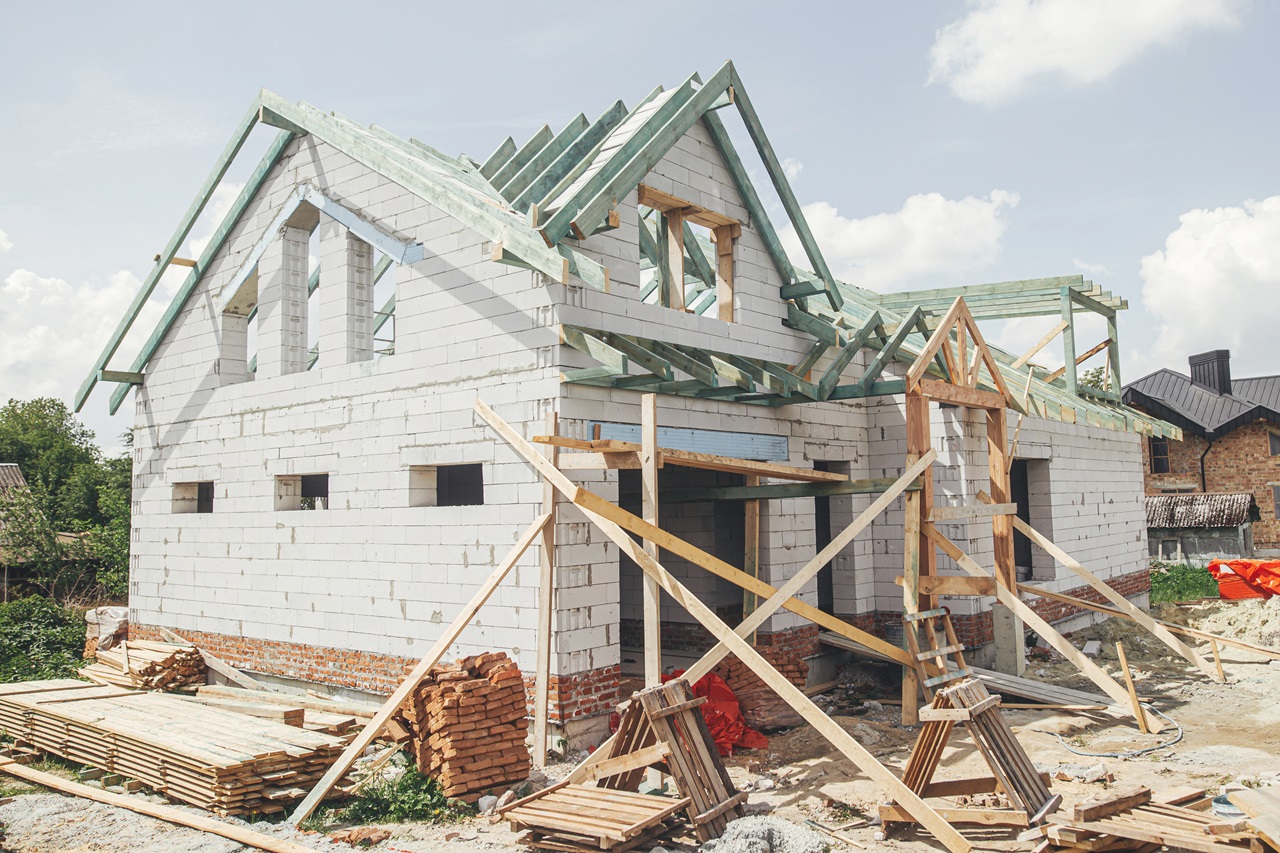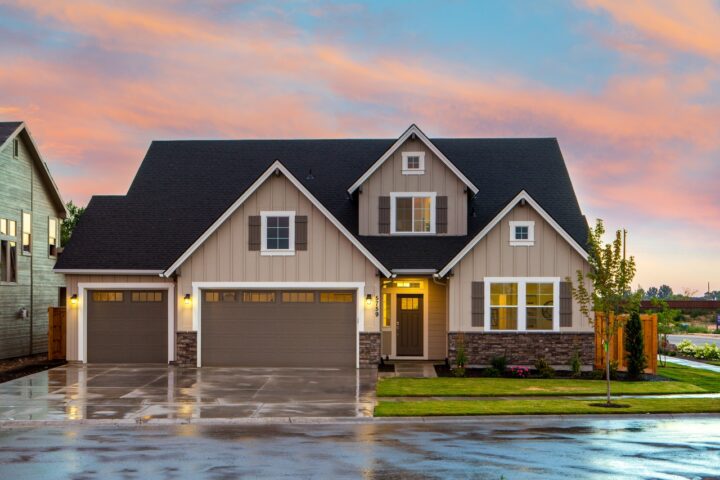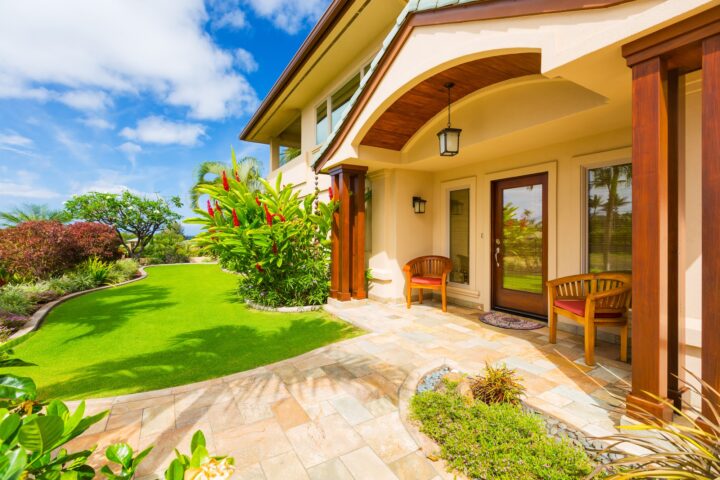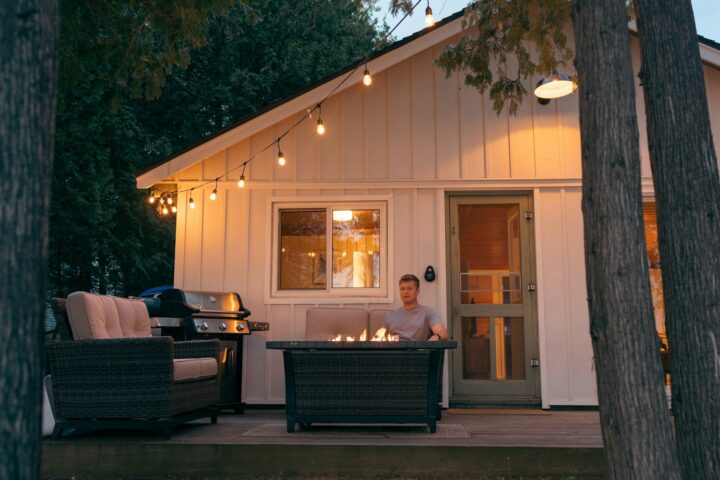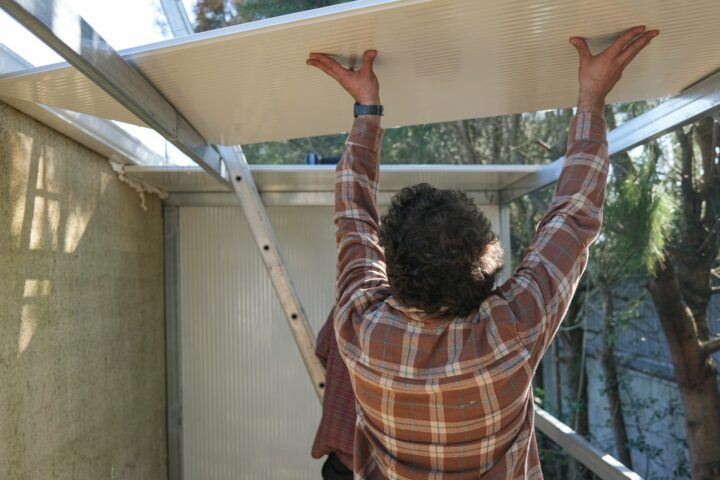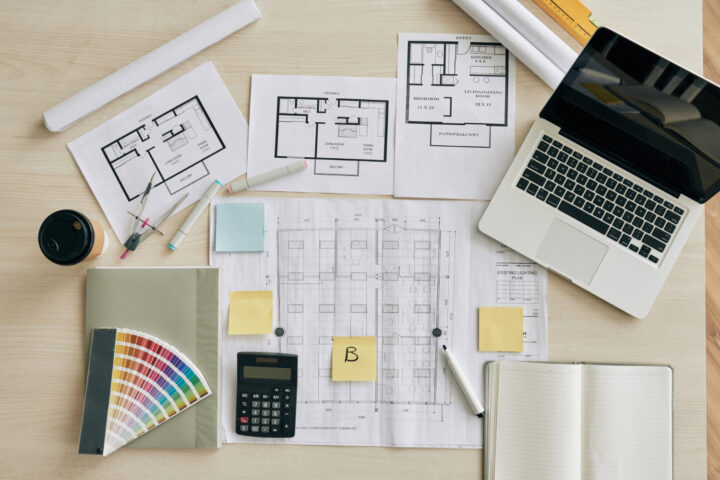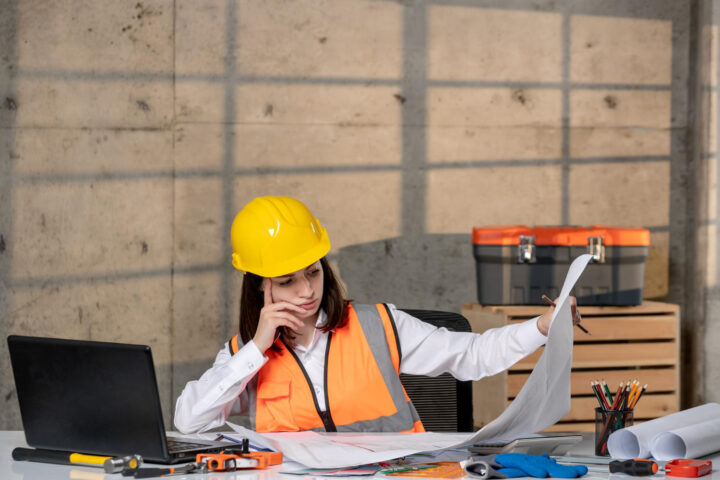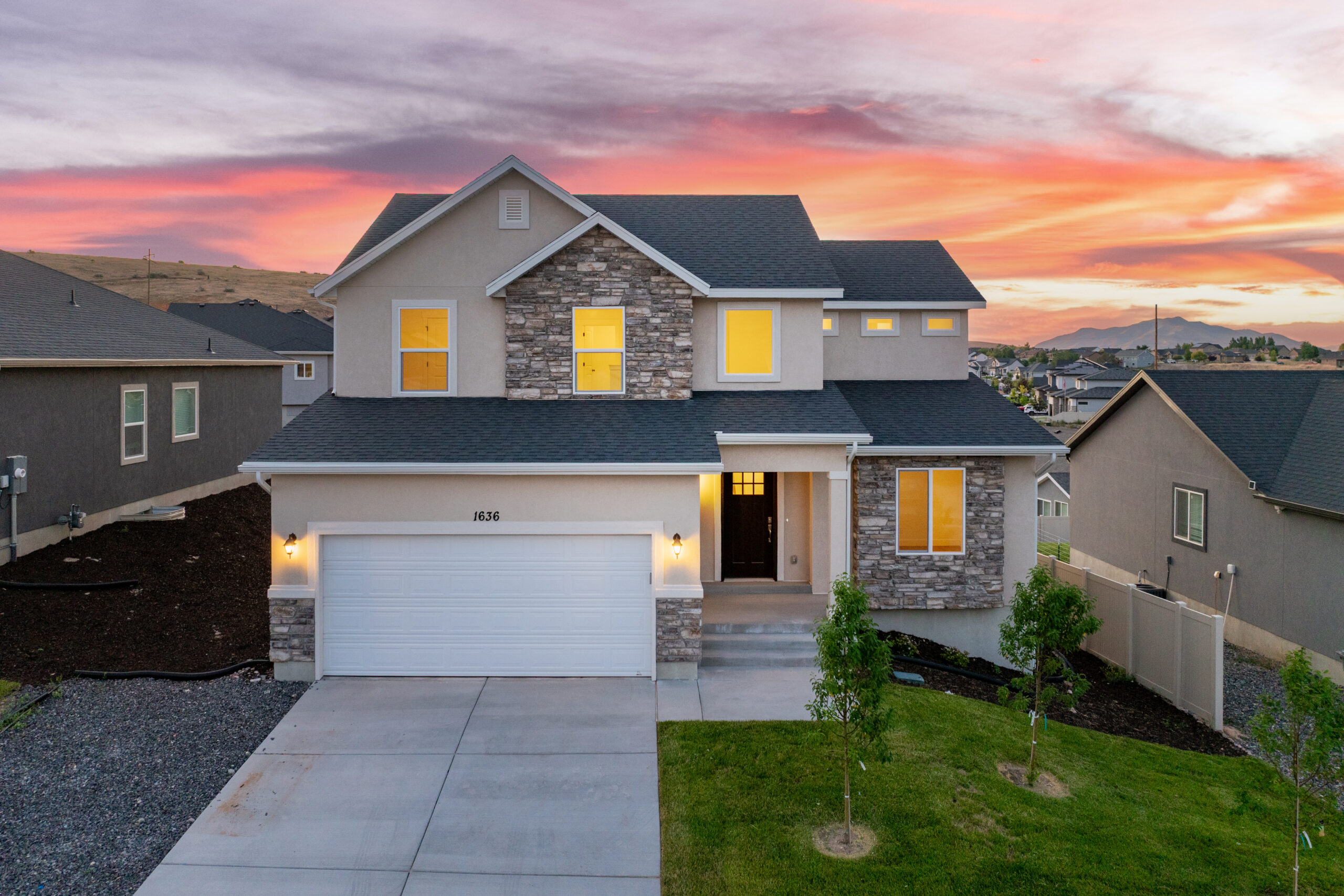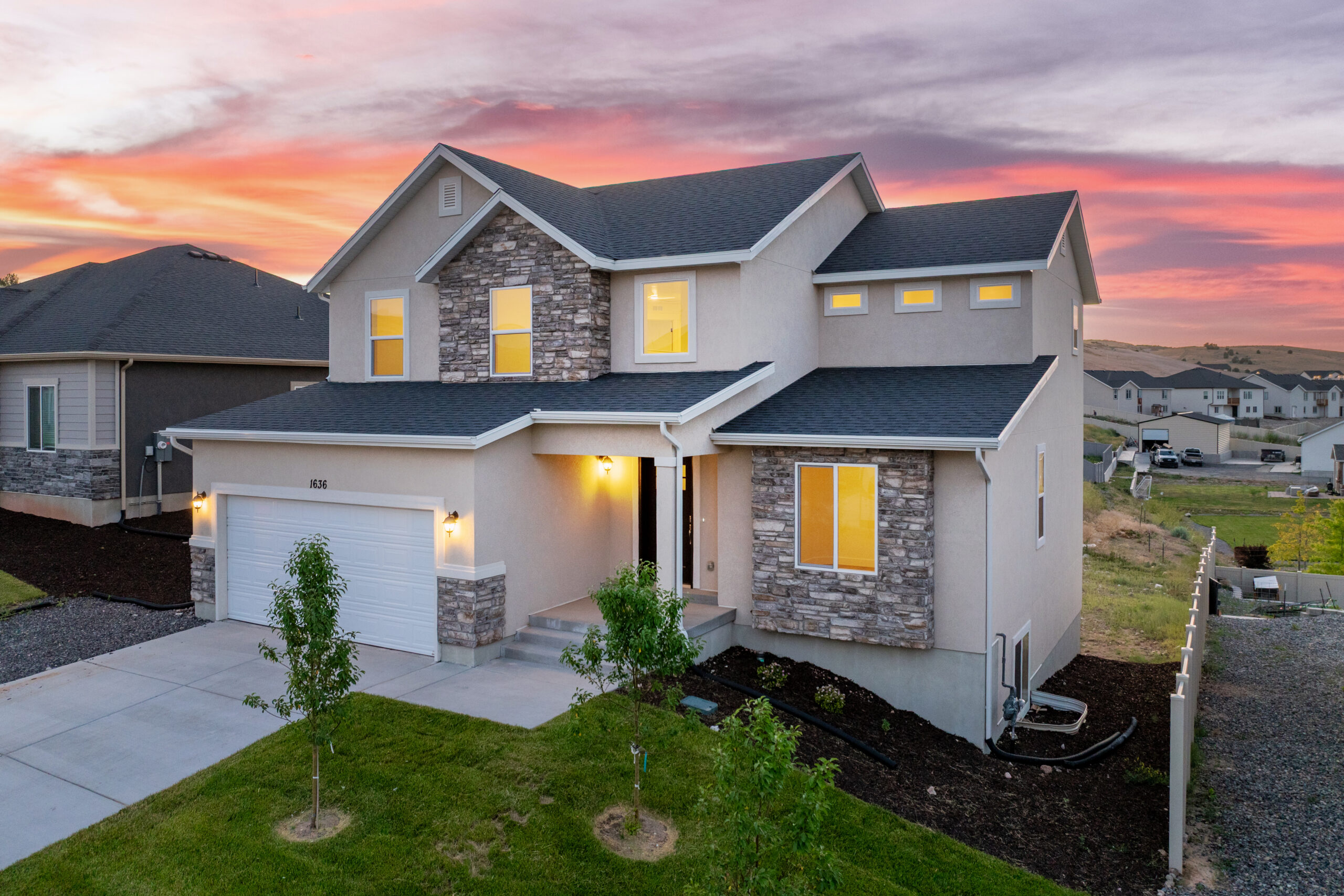Building homes with the environment in mind is more important than ever. In Utah, where the natural landscape is stunning but fragile, adopting eco-friendly building practices makes a significant difference. These practices help reduce waste, conserve resources, and create healthier living spaces. By focusing on sustainability and efficiency, homeowners can enjoy comfortable homes that respect the environment.
Sustainable Building Materials
Choosing sustainable building materials is a fundamental aspect of environmentally friendly construction. One effective approach is using reclaimed or recycled materials. Reclaimed wood, for example, can add a rustic charm to your home while reducing the demand for new timber. Similarly, recycled metal and glass can be utilized in various parts of the house, from structural components to decorative elements, helping reduce waste and the need for raw materials.
Another option is selecting materials with low environmental impact. Bamboo is a popular choice due to its rapid growth rate and durability. It’s a sustainable alternative to traditional hardwood flooring and can be used in other applications like cabinetry and furniture. Additionally, materials like cork and linoleum, made from renewable resources, offer durability and aesthetic appeal while being kinder to the environment.
Locally sourced materials also contribute to sustainability. By choosing materials produced within your region, you minimize the carbon footprint associated with transportation. Locally sourced stone or clay, for instance, can be used for countertops, tiles, or even building exteriors. This approach supports local economies and reduces the overall environmental impact of your home construction.
Energy-Efficient Home Designs
Designing energy-efficient homes goes a long way in reducing energy consumption and lowering utility bills. One key element is proper insulation. Quality insulation keeps your home warm in the winter and cool in the summer, reducing the need for excessive heating and cooling. Using materials like spray foam, fiberglass, or cellulose insulation can significantly improve your home’s energy efficiency.
Building orientation is another crucial factor. Positioning your home to take full advantage of natural sunlight can reduce the need for artificial lighting and heating. South-facing windows allow for maximum solar gain, helping to warm your home during cooler months. Overhangs or shades can be used to control heat during hotter periods, maintaining a comfortable indoor temperature year-round.
Energy-efficient windows and doors also play a vital role. Double or triple-pane windows with low-emissivity (Low-E) coatings minimize heat transfer, enhancing insulation. Sealing any gaps around windows and doors prevents drafts and heat loss, making your home more energy-efficient. Integrating these design elements ensures that your home conserves energy, creating a more sustainable and cost-effective living environment.
Water Conservation Techniques
Implementing water conservation techniques during home construction can significantly reduce water usage and promote sustainability. One effective method is installing low-flow fixtures. Low-flow showerheads, faucets, and toilets use less water without compromising performance. These fixtures can greatly reduce your household’s water consumption, leading to lower utility bills and a reduced environmental impact.
Another valuable technique is rainwater harvesting. By installing a rainwater collection system, you can capture and store rainwater for various non-potable uses like watering the garden, flushing toilets, or washing cars. This method helps reduce the demand on municipal water supplies and ensures you make the most of natural precipitation.
Incorporating drought-tolerant landscaping also conserves water. Choosing native plants and grasses that require minimal watering not only saves water but also creates a beautiful and low-maintenance garden. Additionally, using mulch around plants helps retain soil moisture and reduces the need for frequent watering. By adopting these water conservation techniques, you can build a home that is both eco-friendly and efficient.
Using Renewable Energy Sources
Utilizing renewable energy sources is a major step in creating an environmentally friendly home. Solar panels are one of the most popular and effective solutions. They convert sunlight into electricity, providing a sustainable and cost-effective energy source. Installing solar panels can significantly lower your home’s reliance on traditional energy sources, reducing both your carbon footprint and utility bills.
Another renewable energy option is geothermal heating and cooling. This technology uses the stable temperatures underground to heat and cool your home efficiently. Geothermal systems are highly durable and can last for decades with minimal maintenance, making them a smart long-term investment.
Wind energy is also a viable option in certain areas. Small wind turbines can be installed to generate electricity for your home. While not suitable for every location, wind energy can be a powerful addition to your home’s energy mix if conditions are favorable. By integrating renewable energy sources, you can achieve a more sustainable and self-sufficient home.
Conclusion
Environmentally friendly building practices are essential for creating sustainable, efficient, and comfortable homes. By using sustainable materials, designing for energy efficiency, conserving water, and utilizing renewable energy sources, you can significantly reduce your home’s environmental impact. These practices not only benefit the planet but also provide long-term financial savings and a healthier living environment.
At Salisbury Homes, we specialize in building eco-friendly homes that meet your needs and help protect the environment. Our team of experts is ready to assist you in creating a sustainable and beautiful home in Utah. Contact our Utah builders today to start your journey towards an environmentally friendly living space tailored just for you.

